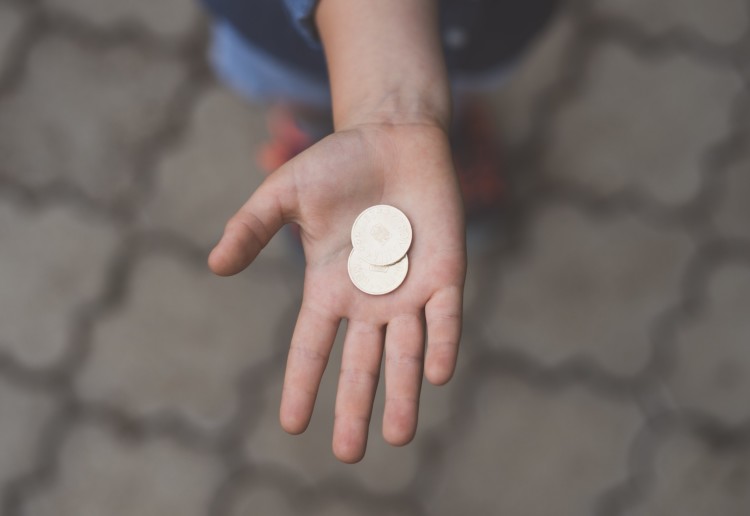From Apple Pay to Tap and Go, technology is enabling Aussies to conveniently pay for items without their wallet or physical cash. However, a cashless society is leading to kids thinking that our little plastic cards hold an endless amount of money (if only!).
In a world where cash is becoming a rarity, it is important to teach children about the value of each dollar.
Here are our top five tips for teaching your kids the value of money in a tech-savvy world.
1) Separate Savings and Spendings
Educating kids from an early age to save money is an important lesson that every parent should teach. Get rid of the piggy bank and instead, create three smaller, more manageable funds for your children to save money. These can be labelled as spending, saving and sharing and is a great way to demonstrate that money is used for different things in life. Kids will also begin deciding what is most important to them as when the money is in the jar, it must stay there.
2) Recycle your household bottles
Teaching kids to recycle is an important lesson to learn and will earn them some money at the same time. TOMRA’s recycling machines will not only be a fun activity for kids, every drink bottle or can returned to the machines will also earn them 10 cents in NSW, QLD & NT. This technology will teach your kids the importance of recycling and how to save money as well as providing a fun bonding activity for parents and children. If you are a parent who loves to teach their kids about the gift of giving at Christmas, children can also choose to donate their pocket cash to Bottles for the Bush this holiday period where every 10 cents will go towards helping families doing it tough this summer.
3) Coin Collecting
Kids as young as three years of age can grasp basic concepts of spending and saving money. Coin collections don’t necessarily need to be rare either, even the most basic of collections can provide your child with a hobby that teaches them the value of different coins. The best part of coin collecting is that it is a super fun way to get kids involved in money without having to spend a tonne of it!
4) Play games with your kids
Teaching kids about the value of money is important, but you also need to teach them how to count it. Kids of a younger age can start with basic snakes and ladders and they will be able to count to 100 in no time. For older kids, Monopoly and Monopoly Junior are fantastic games that will have them counting money and learning to use it strategically.
5) Doing household jobs
Doing household chores and jobs is almost a rite of passage for kids growing up and teaches them the most valuable lesson of all, where money really comes from. Setting small chores each week for your kids with monetary value is one of the ways kids are first introduced into the working world. Earning pocket money will show children how to work and get paid accordingly for their efforts while allowing them to save for things that they really want.
How do you teach your kids about the value of money? Tell us in the comments below.






















11:26 am
10:25 am
3:40 pm
11:33 am
-

-
-
mom160270 replied
- 30 Sep 2024 , 11:17 pm
Reply5:33 pm
10:46 pm
1:04 pm
8:22 pm
8:59 pm
8:32 pm
7:14 pm
8:16 am
2:34 pm
11:32 am
10:34 am
8:21 am
6:29 pm
11:14 am
11:02 am
10:02 am
- 1
- 2
- 3
- »
Post a commentTo post a review/comment please join us or login so we can allocate your points.